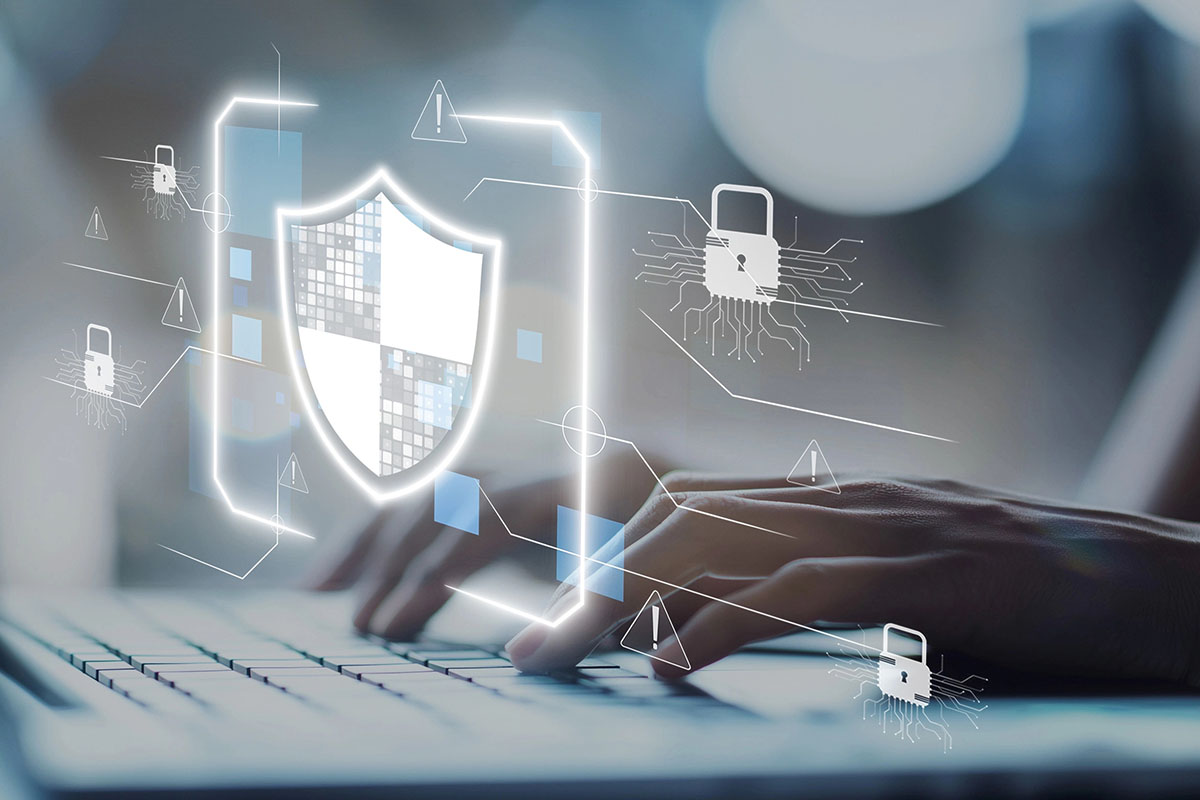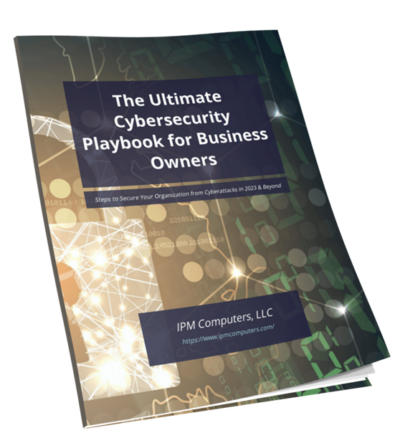Keyloggers are tools designed to record every keystroke you make on a computer or mobile device. These programs or devices silently capture sensitive information such as passwords, credit card numbers, and private messages without your knowledge. While originally intended for legitimate purposes like parental control or employee monitoring, keyloggers have become a significant cybersecurity threat when used maliciously.
Detecting keyloggers is vital to protect your personal data and maintain digital security. If left unchecked, keylogger infections can lead to identity theft, financial loss, and unauthorized access to accounts.
Below, we’ll cover:
- Different types of keyloggers and how they operate
- Common ways keyloggers infiltrate devices
- The risks posed by keylogger attacks
- How to recognize signs of infection
- Effective detection methods and removal techniques
- Strategies and tools to prevent keylogging threats
As a result, you can safeguard your devices and data from these hidden threats.
Keylogger Types and Their Applications
Keyloggers can be classified into two main types: hardware and software.
Hardware Keyloggers
Hardware keyloggers are physical devices that are connected between a keyboard and a computer, or they may be built into other devices. These keyloggers work by directly capturing the keystrokes before they reach the computer system. There are also wireless versions of hardware keyloggers that use Bluetooth or Wi-Fi to transmit captured data, making them more difficult to detect.
Software Keyloggers
Software keyloggers are programs that are installed on a device without the user’s knowledge. They operate in the background and can be used for various purposes. Some examples of software keyloggers include:
- Form-grabbing scripts that target specific websites.
- API-level loggers that are integrated into applications.
- Kernel keyloggers that have deep access to the operating system.
Legal vs Malicious Use of Keyloggers
The legality and ethical implications of using keyloggers depend on two factors: consent and intent.
Legitimate Uses of Keyloggers
There are certain situations where the use of keyloggers can be considered legitimate:
- Parental control: Parents may use keyloggers to monitor their children’s online activities for their safety.
- Employee monitoring: Employers can use keyloggers to track employee productivity and maintain security on company-owned devices.
- IT troubleshooting: IT professionals may employ keyloggers as part of ethical hacking practices to identify vulnerabilities in systems.
Malicious Intent Behind Keylogger Usage
Unfortunately, keyloggers can also be misused for malicious purposes. Some examples of such intent include:
- Theft of sensitive information: Cybercriminals may use keyloggers to steal passwords, credit card details, or private communications.
- Identity theft: Keyloggers can enable attackers to impersonate individuals and carry out fraudulent activities.
- Network intrusions: Hackers may employ keyloggers as a means to gain unauthorized access to computer networks.
How Keyloggers Infiltrate Devices and What They Capture
Keylogger infection methods:
- Phishing: Keyloggers can infiltrate devices through phishing emails or messages that trick users into clicking on malicious links or attachments.
- Malicious downloads: Users unknowingly download keyloggers disguised as legitimate software, which then infect their devices.
Data captured by keyloggers:
- Keystrokes: Keyloggers record every keystroke made by the user, capturing sensitive information such as login credentials, messages, and other text input.
- Passwords: Keyloggers are designed to steal passwords entered by users, providing cybercriminals with access to various accounts and sensitive data.
The Dangers Posed by Keylogger Attacks
Keylogger attacks can have severe consequences, including identity theft and financial loss. These cybersecurity threats pose significant risks to both individuals and organizations, jeopardizing their personal and business security.
Detecting a Keylogger Infection
Signs of Infection:
- Unusual computer behavior such as slow performance or freezing.
- Keystrokes or mouse movements that seem delayed or not responding promptly.
- Suspicious network activity, especially when you’re not actively using the internet.
- Passwords and sensitive information being compromised unexpectedly.
- Presence of unfamiliar programs or files on your system.
Removal Techniques:
- Utilize reputable antivirus software to scan and remove keyloggers.
- Run regular security scans to detect and eliminate any malicious software.
- Consider resetting your device to a previous backup before the keylogger infection.
- Manually inspect installed programs and processes for any suspicious activity.
- Consult with cybersecurity professionals for advanced detection and removal methods.
Preventing Keylogger Attacks: Strategies and Tools for Protection
Protection measures against keyloggers are decisive to protect your sensitive data. Implement the following best practices to enhance security:
1. Regular Software Updates
All your software, including operating systems and applications, should be up-to-date to patch any vulnerabilities that keyloggers may exploit.
2. Exercise Caution Online
Be mindful of clicking on suspicious links, downloading attachments from unknown sources, or entering sensitive information on unsecured websites.
Consider utilizing these recommended tools for prevention:
Anti-Keylogger Software
Tools like Zemana AntiLogger, SpyShelter, and KeyScrambler offer protection by encrypting keystrokes and preventing keyloggers from capturing your data.
Password Managers
Solutions like LastPass, Dashlane, and KeePass not only securely store your passwords but also help prevent keyloggers from stealing them.
Security Suites/Antivirus Software
Comprehensive security software such as Norton, Kaspersky, and Bitdefender can detect and block keylogging attempts effectively.
Firewall and Intrusion Detection Systems (IDS)
These tools add an extra layer of defense by monitoring network traffic and detecting any suspicious activities.
Staying One Step Ahead of Keylogger Threats
Keyloggers are a constant threat that can quietly steal your most sensitive information. To stay vigilant, you need to:
- Regularly check your devices for any unusual behavior
- Use trusted security software to find and eliminate threats
- Be careful with your online activities to avoid getting infected
- Keep your systems and applications up to date
The best defense is in your hands. By being aware and taking proactive measures, you can protect yourself. When you understand how keyloggers work and know what signs to look for, you can effectively safeguard your digital infastructure and sensentive data. Stay watchful, knowledgeable, and take charge of your cybersecurity now!
Frequently Asked Questions About Keyloggers
What are keyloggers and why is detecting them important for cybersecurity?
Keyloggers are tools that record keystrokes on a device, capturing sensitive information such as passwords and personal data. Detecting keyloggers is integral for cybersecurity to prevent unauthorized data access and protect against identity theft and financial loss.
What types of keyloggers exist and how are they used legally versus maliciously?
There are hardware and software keyloggers. Legally, they can be used for parental control or employee monitoring with consent. Maliciously, they’re installed without permission to steal confidential information and compromise security.
How do keyloggers typically infiltrate devices and what kind of data do they capture?
Keyloggers often infiltrate devices through phishing attacks or malicious downloads. They capture various data types including keystrokes, passwords, credit card details, and other sensitive information entered via the keyboard.
What are the dangers posed by keylogger attacks to individuals and businesses?
Keylogger attacks can lead to severe cybersecurity threats such as identity theft, financial losses, and unauthorized access to personal or corporate accounts, impacting both individual users and organizations significantly.
How can one detect a keylogger infection and what are effective removal techniques?
Signs of a keylogger infection include unusual computer behavior or slow performance. Detection involves using specialized security tools or manual system checks. Removal can be done through trusted antivirus software or by manually deleting suspicious programs.
What strategies and tools can help prevent keylogger attacks effectively?
Preventing keylogger attacks involves best practices like keeping software updated, practicing cautious online behavior, avoiding suspicious downloads, and using recommended anti-keylogging tools to safeguard devices from potential threats.





